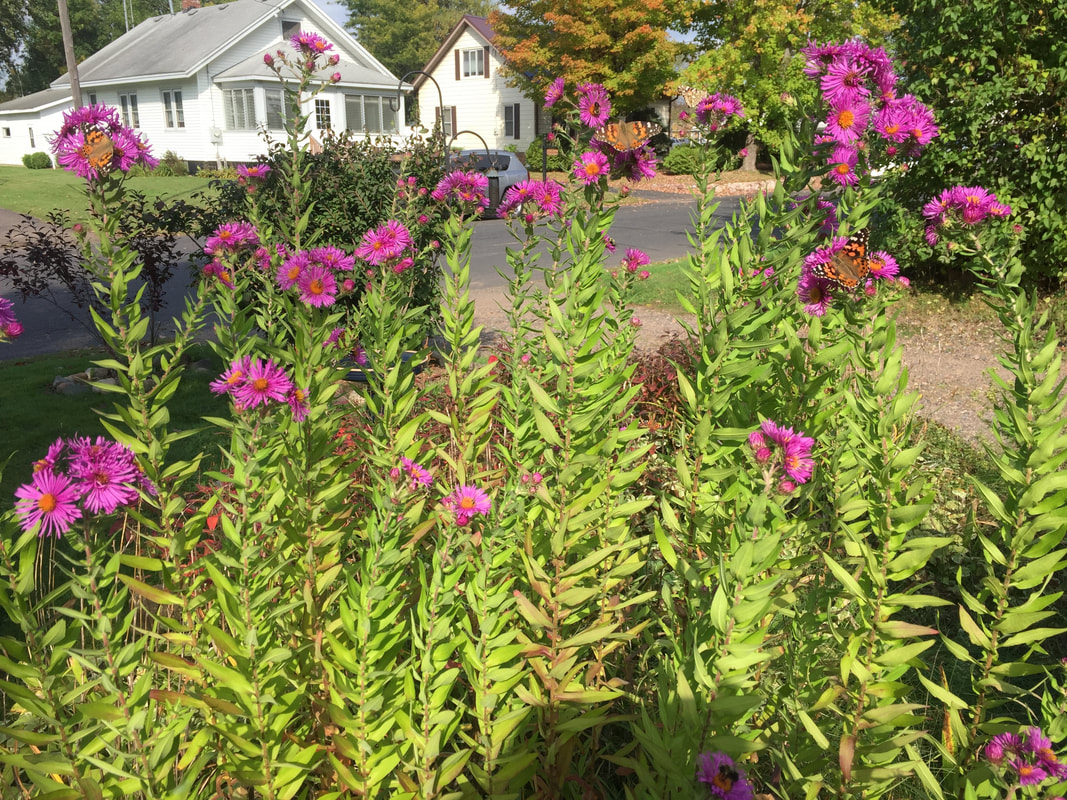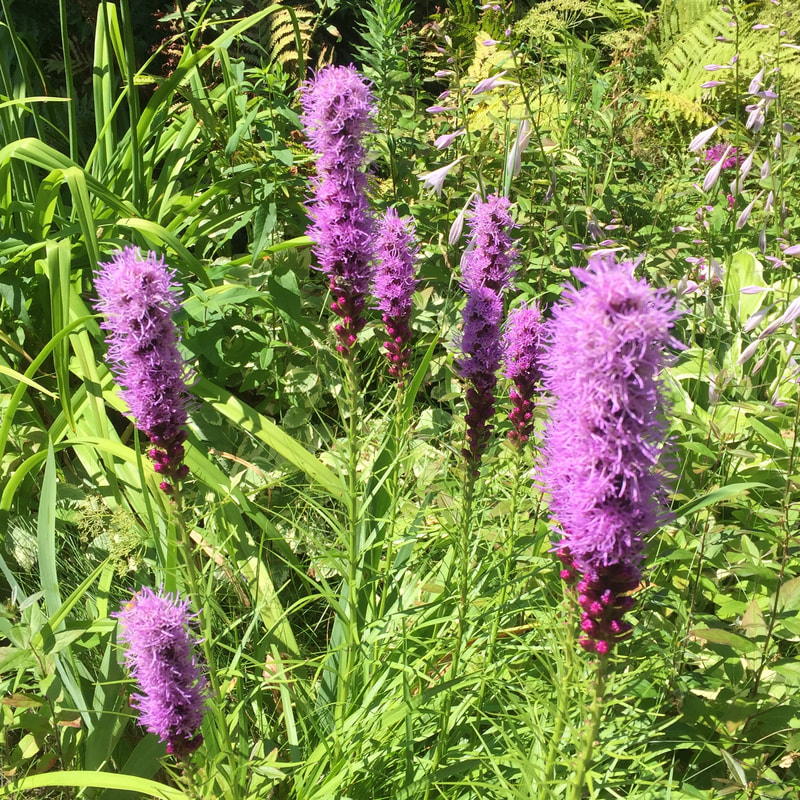|
Power of Purple
Did you know purple flowers attract pollinators. Read the following from Jason Griffin, Associate Professor of Nursery Crops and Director of K-State Research and Extension's John C. Pair Horticultural Center in Wichita. www.k-state.edu/media/newsreleases/feb11/purplehorticult20811.html Jason Griffin, associate professor of nursery crops and director of K-State Research and Extension's John C. Pair Horticultural Center in Wichita, says the importance of the color purple in plants is measured not only in ecological and evolutionary impact, but also by its pleasing appearance. "From a human perspective, we love purple plants," he said. "Purple is one of the most popular flower colors, yet one of the rarest colors in fruit and foliage." A great amount of research has investigated the synthesis of purple and how to manipulate it, Griffin said. The color is highly desirable in flowering landscape plants. Purple foliage plants, despite their rarity, are extremely popular. The green leaves of autumn give way to red, orange and yellow. However, a few lucky species will turn a shade of purple, which is rare in the fall color palette. "Purple is both rare yet highly sought after by consumers and landscape professionals alike," he said. The color purple also functions as a guide for pollinators. Flowers of many species have purple stripes on their petals, which are called nectar guides. These guides clearly lead toward the reproductive structure, or center, of the flower, increasing the chances for pollination, according to Griffin. Purple seed, pods and other forms of fruit then influence the reproductive cycle. The color purple will attract herbivores, which consume the seed and deposit it elsewhere. After reading just a few fun facts about the power of purple. I bet you are ready to add some purple in your garden. This year our Plant Sale will feature our Pollinator Six Pack. In that six pack you will find three purple plants. Lupine, Liatris and Asters. Lupine Lupinus perennis Lupine's dense spires of bright flowers signal the coming of spring. Lupine is the only food plant for the larvae of the endangered Karner Blue butterfly. Blazing Star Liatris Liatris spicata The Blazing Star is one of the most spectacular and majestic of the prairie plants. Liatris blooms from mid to late summer. New England Aster Aster novae-angliae The New England Aster is one of the tallest and most magnificent of the fall asters. It serves as an important late season source of nectar.
0 Comments
Leave a Reply. |
|
| North Country MGV | gARDEN bLOGS |
Location |
|


 RSS Feed
RSS Feed